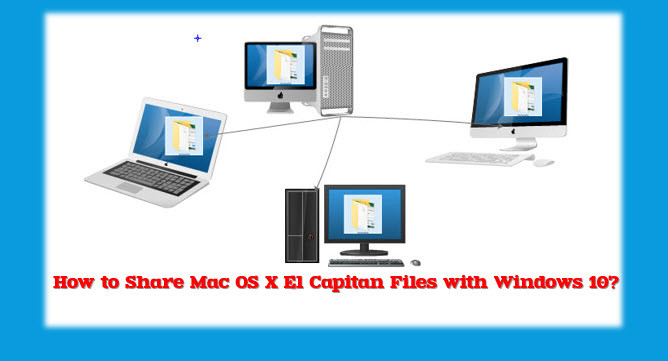
- #Mac os x for windows 10 how to
- #Mac os x for windows 10 install
- #Mac os x for windows 10 update
- #Mac os x for windows 10 iso
- #Mac os x for windows 10 download
You’ll be asked how big a drive you want we recommend at least 25GB, which is big enough for the OS and a few applications. We recommend Fixed Size, since it’s a bit faster, though it’ll take up a bit more hard drive space on your Windows machine.Ĭlick Next. You’ll be asked if you want a dynamically sized drive or fixed. Choose “Create a Virtual Hard Disk Now” and click Create.Ĭhoose VDI for hard disk type and click Next. Next, you’ll be asked about your hard drive. For memory, we recommend you use at least 4096MB, though you can opt for more if you have enough RAM to spare on your Windows machine. Name your Virtual Machine “High Sierra,” and choose “Mac OS X” for the operating system and “Mac OS X (64-bit)” for the version (as of this writing, “macOS High Sierra” is not offered, but that’s fine.)Ĭontinue through the process.
#Mac os x for windows 10 install
Next, head to your Windows machine, and install VirtualBox if you haven’t already, making sure you have the latest version (seriously, older versions may not work.) Step Two: Create Your Virtual Machine in VirtualBox
#Mac os x for windows 10 iso
Move the ISO to the desktop: mv /tmp/ ~/Desktop/HighSierra.isoĪnd you’ve got a bootable High Sierra ISO file!Ĭopy it to your Windows machine using a large flash drive, an external hard drive, or over your local network. To start, we’ll need to create an ISO file of macOS High Sierra’s installer, so we can load it in VirtualBox on our Windows machine. Grab your borrowed Mac, head to the Mac App Store, search for Sierra, and click “Download.”Īnd, finally, convert the image you created into an ISO file: hdiutil convert /tmp/ -format UDTO -o /tmp/HighSierra.iso Ready to get started? Let’s jump in! Step One: Create a macOS High Sierra ISO File If you’re on a Mac and want a macOS virtual machine for use on that Mac, we recommend checking out out Parallels Desktop Lite instead, because it can create macOS virtual machines for free and is a lot easier to work with. Borrow a friend’s Mac for an hour if you don’t have one, and you should be fine-everything beyond step one of this tutorial can be done on your Windows PC. You could, we suppose, obtain a High Sierra ISO by other means, but we don’t recommend it.
#Mac os x for windows 10 download
NOTE: In order to get this working, you will need access to a real Mac in order to download High Sierra.
#Mac os x for windows 10 how to
RELATED: Beginner Geek: How to Create and Use Virtual Machines To make things a little easier for people, we’ve combined methods from a few different forum threads into a single, step-by-step tutorial, complete with screenshots. Other than that, though, this is macOS High Sierra, running smoothly in VirtualBox. The only thing not working is sound, which for some reason is highly distorted or nonexistent. Some of the folks at the InsanelyMac forums have figured out a process that works. We haven’t yet tested it ourselves, but we’ve heard good things. It promises to take you through the process of installing and setting up a macOS virtual machine. If you want to install a newer version of macOS in VirtualBox, check out this script on GitHub.

#Mac os x for windows 10 update
Standalone updates can be useful if you want to install the same update again or on another computer.Update: The instructions here apply to older versions of macOS. You can also get this update from the Apple Support Downloads site.You might have unexpected results if third-party OS X modifications have been installed, or you modified OS X through other means.Don't interrupt the installation process after it has begun.Some updates become available only after installing another update. Use the Mac App Store to install this update and other available updates.You can back up with Time Machine, for example. You should back up your Mac before installation.


The OS X Yosemite 10.10.5 update improves the stability, compatibility, and security of your Mac, and is recommended for all users. The OS X Yosemite v10.10.5 Update is recommended for all OS X Yosemite users.


 0 kommentar(er)
0 kommentar(er)
